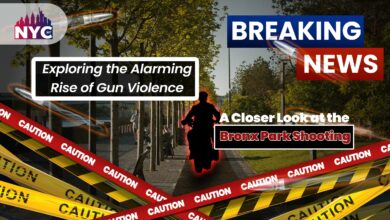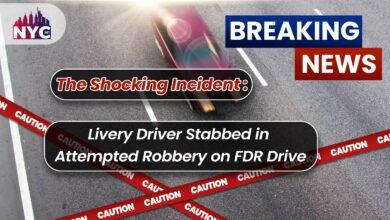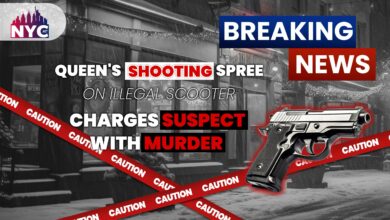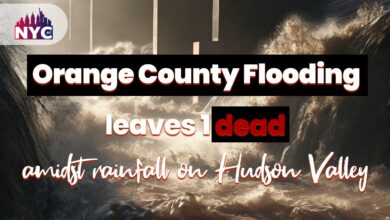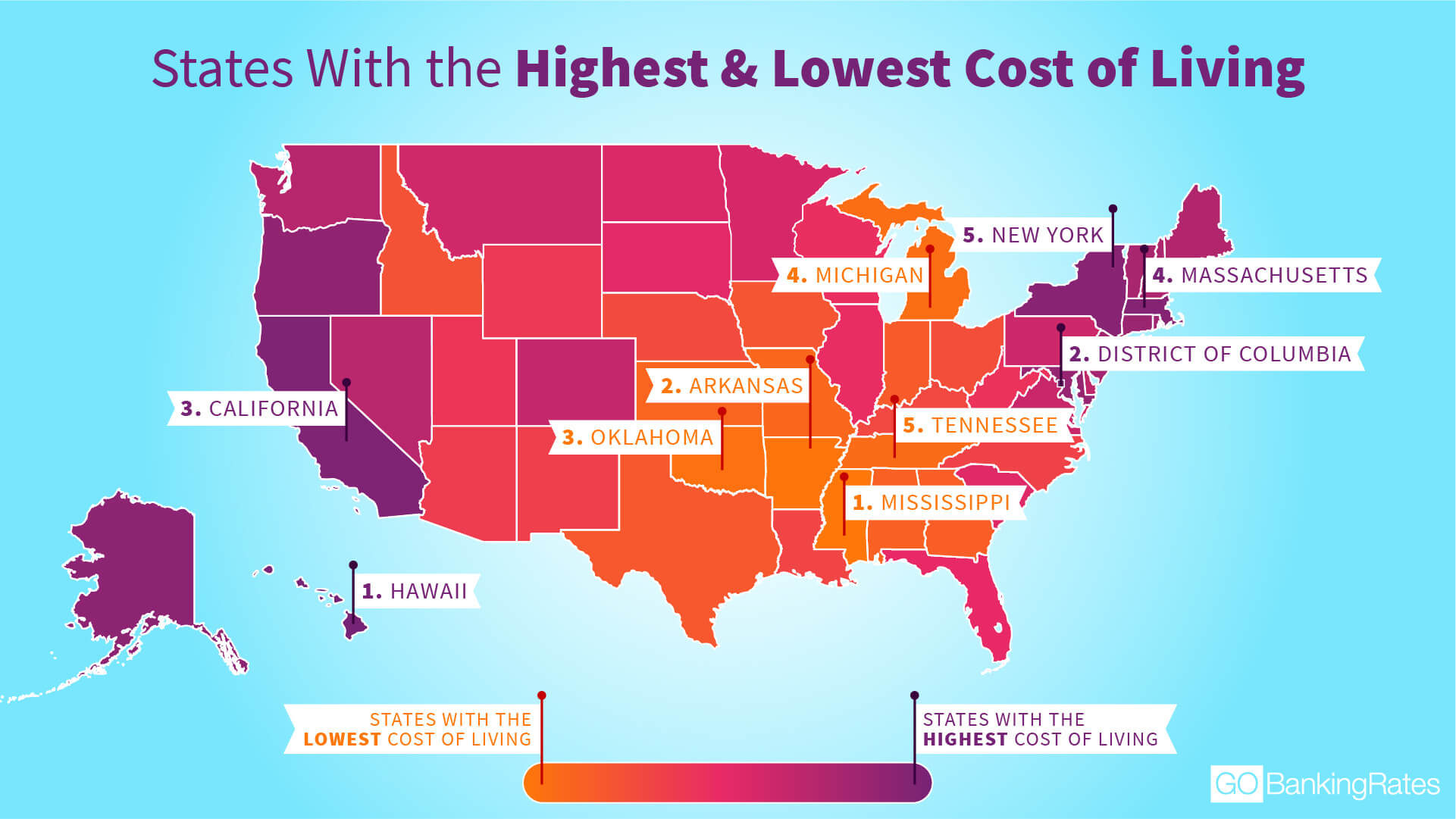
Have you ever heard people saying that New York is a magical city? You must have listened to this more than one time in your life. Now, you are thinking about what kind of magic New York really coast City holds that makes people dream of spending the rest of their lives in this fantastic city. After hearing all the charm of New York now, you have decided to go on vacation in this fascinating city. You have spent memorable days in New York during your visit. Now you understand why people call it a city of magic and miracles.
Culture exists
Here you come back with a bag full of memories. You had exposure to many new things. This city made you meet different cultures. You observed that not only do different culture exists, but there are a lot of opportunities. New York offers special and unique experiences for everyone, from top-tier jobs, universities, world-renowned museums, lush green spaces, and much more.
Now you are in your mother city, but nothing feels attractive to you anymore. The magic of New York City is not leaving its spark. You also have come to the list of people who want to relocate to New York. However, you have spent your whole early life in your motherland. But now you don’t feel like living in your hometown. You feel like you have left your piece of heart in New York.
Finally, you have decided to relocate to New York really coast. At this moment, many things have started to pop up in your mind. No doubt it’s a magical city, but it can dig a hole into your pocket. It will help you to look at all the financial aspects before moving. Suppose you are one of those people ready to relocate to New York and turn your dream into reality. Stick tight with us as we will answer all your questions in this article.
So, let’s explore how much money it can cost you to live in a city of magic. {1}
New York’s cost of living
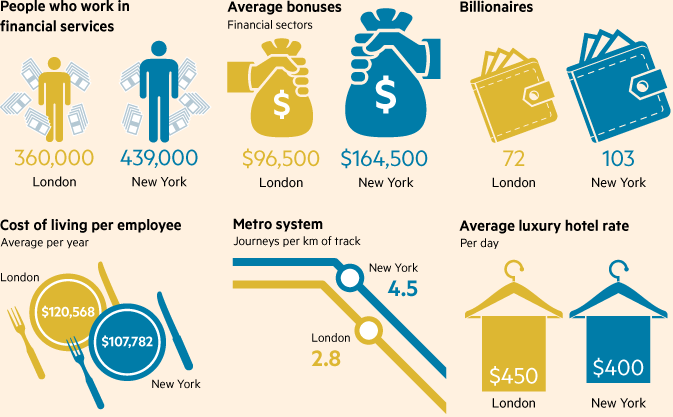
It’s no secret that New York City’s cost is high. Furthermore, it will not be wrong to say you have preferred to live in an expensive city. The living index overall is 137.8% more than the US average. The average price of everything in New York really coast will be higher. It can get you in trouble if you have just moved in without a high-paying job. So, make sure to have the highest paying job when you relocate to your city of magics.
Cost of living in New York
Additionally, if you are considering why the cost of living in New York is high, here is the answer to your question. It is a city with sizeable booming job opportunities. According to the Oxford economic Report, New York City has the most significant urban economy. Moreover, job growth in New York is driven by technology, healthcare, media, business, and tourism-related industries.
As a result, New York consistently comes in the top ten expensive cities to live in the world. It is reported that more than 1.5 million people live in poetry. Yet rents in New York City are approaching historic highs.
Equally important, you have left your hometown and come to your dream city. But now it’s time to pay the price of coming to your dream city, as nothing comes for free in this world.
We have listed the most common categories of expenses. To give you a complete idea of many budgets, you should have to adopt the New York lifestyle. Keep reading to get the statistics facts of the legal categories expense of living in New York really coast City.
New York City housing prices
To find a place in New York can be a full-time job. Due to broker fees, rent-controlled apartments, and uncontrolled landlords. It is one of the essential factors to have a clear-cut idea of housing rental prices.
You must have defined your budget according to the rent prices in New York.
New York mailing address
Plus, there is a monthly fee for a New York mailing address. The average cost of housing is 382.7% higher than nationwide. It makes the cost of living in New York much higher than the other parts of America. It can be costly if you consider living alone in your city of magics. The cost of living in New York demands having at least one roommate. One-bedroom apartments can have an average monthly rent of $5,014 if you plan to buy your home in your dream city. Then the median purchase price for a home in New York is $917,000.
Additionally, you must pay taxes if you have your own house in your dream city. You must pay tax according to the city property tax rate of 0.80%. If you own a home worth $1000,000, you have to pay a tax of around $8000 per month. The tax also depends on the location in which you own a house in New York. You may anticipate paying income taxes in New York City that are about 32%, comparable to other American cities.
Internet, mobile phones, and utility expense
Your utility bill depends on different factors like the size of the apartment, your personal choices, and the rental agreement. It also depends on the deal you are having with your landlord. Maybe your agreement depends on demands for you to pay all the utility expenses at one Best time of the year or every other month.
Of course, it is also essential to include internet and cell phone services when estimating utility expenses. The Typical US citizen spends around $94 per month for cell phone services. Moreover, internet services can cost you around $45 to $50 per month. So, you must have an additional budget of about $139 to pay for these services.
Entertaining city in the world
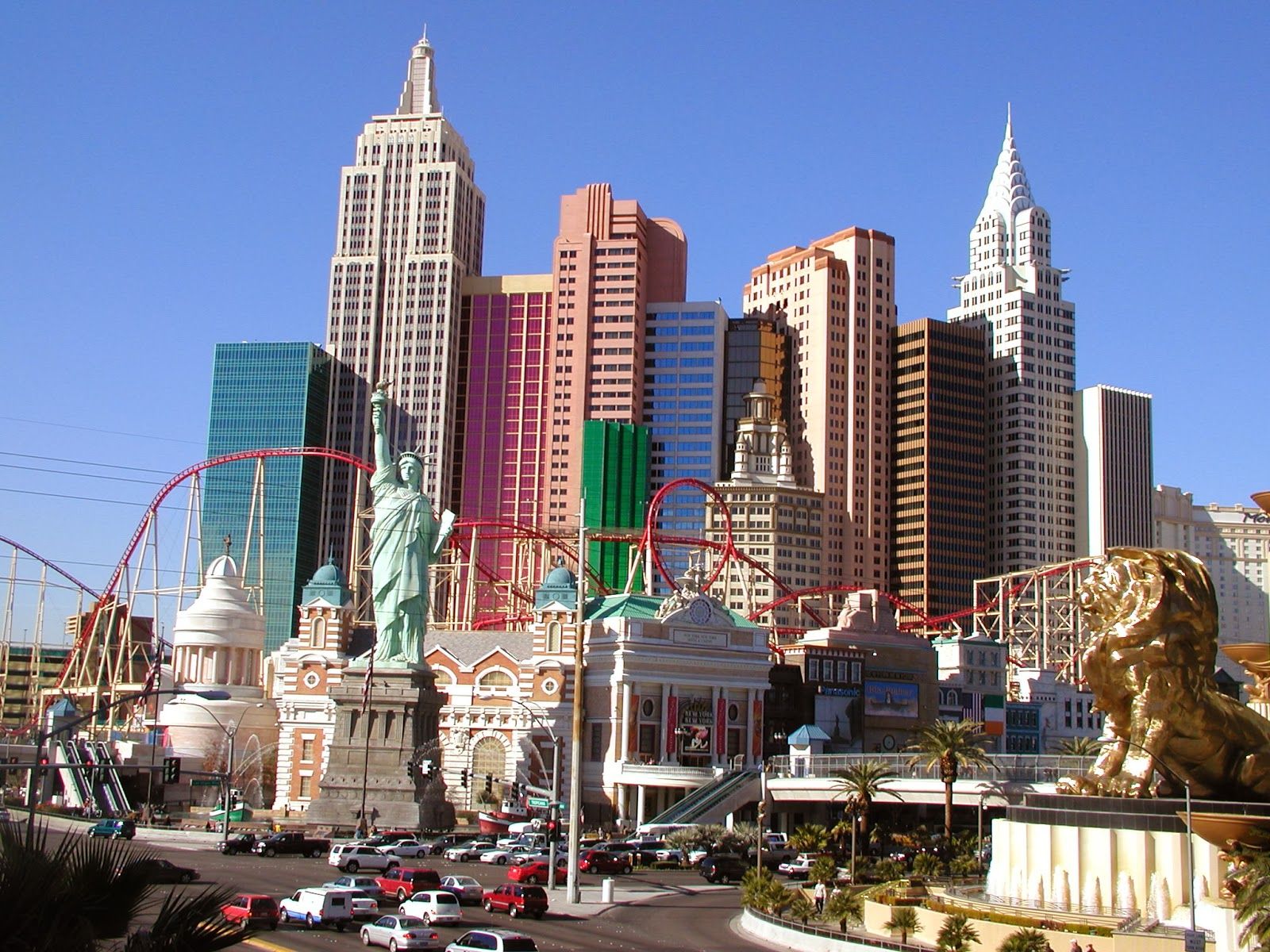
You are living in the most entertaining city in the world. Of course, there will be a need for TV cable that includes two premium channels if you plan to add entertainment into the utility category, then get your budget set around $200 per month.
Moreover, living in a New York apartment of 915 sq. It can cost you about $270 monthly. That includes basic supplies of water, electricity, and gas.
Be with us to get more details about the cost of living in new york.
Expenses of Food and Grocery
One of the essential needs of human life is food. Grocery and food come on the top list in the budget category. As if your diet is healthy, you will eventually live a healthy life. So, estimating how much it can cost for food and grocery is also vital. The average food cost in new york can be around $50 to $75 if you prepare your meal at home.
While eating outside once or twice a week can increase your food expense. Without any doubt, this city of magic also has a magical taste in food. If you are thinking you can cut your costs by not eating in the fantastic restaurants of new york. You might fail to hold yourself for not experiencing the delicious foods of new york city. Reports show that New York really coast residents spend more money on dining outside across the nation. {2}
Healthcare expense
Now comes health. You must have heard the quotation, ‘Health is wealth .’As the cost of living in new york is high, ultimately healthcare sector also comes into it. So, New York health premiums remain the most elevated in the nation. It can cost roughly $66o per month for a single person.
The high cost of healthcare in new york is partly a result of state policy. It raises insurance premiums by substantially taxing healthcare and regularly adding to a long list of healthcare obligations.
Transportation
The famous transportation system in new york city is the Metropolitan transportation authority (MTA). Providing commuter transportation by bus, subway, and commuter subway throughout new york city. So, a vehicle in new york city can roughly cost you $130 over a month. Moreover, a bus or subway fare is $2.75. it is more beneficial to take an MTA card that lets you swipe your card many times in one month.
Furthermore, if you want to save some money on transportation, you can go for a two-wheel bike ride. For this mode of transportation, there is plenty of infrastructure. Plus, if you prefer a taxi to roam around your dream city. It can cost you around 50 cents per 1.5 miles traveling above 12mph. It can cost you 60 cents if traffic is slow.
Suppose you don’t prefer public transportation and want to have your car. It will ultimately increase the cost of living in new york as the parking fees in this city are steep. Your garage parking can cost you $300-$900 per month. Don’t forget to keep in mind that some parts of his city are narrow.
Fitness expenses in new york

Like other things, fitness is also expensive in new york city. Residents of new york are fitness freaks. They are ready to pay for it. The average fitness cost in other parts of the nation is $37 per month. Besides, the fitness expense in new york city is $80 per month. It is a lot if we compare it to the other parts of the nation.
As new york residents love to keep themselves fit. Without any doubt, we can say that new york city is home to many gyms. Additionally, new york yoga centers keep high prices as well.
Stay with us to get more information about the expenses you must bear in new york city.
Entertainment
It will not be wrong to say that new york city is the center of entertainment. Many concerts, art exhibitions, and Broadway shows are being hosted. To enjoy a Broadway show, you must have a budget of $80-$200. But if you think this entertainment can empty your pocket, you can go to sports events and art shows. Their ticket prices are $30-$50. It can be affordable entertainment for you.
Next, if we talk about a movie night, it can cost you around $15 for a single person. It sounds like affordable entertainment, and who doesn’t love a movie night? Amazingly, you can access Netflix, which costs you $14 per month. Netflix is budget-friendly, as you can watch your favorite shows and movies anytime, anywhere.
Nightlife expenses in new york
You live in new york, and how is it possible you will not enjoy the nightlife? Of course, you will have nightlife entertainment also. People of new york love the hopping nightlife. Unfortunately, the price of the tab can linger longer than the hangover. A good meal with a cocktail can wreck your budget in a few minutes.
A night in new york city can cost around $130-$160. You may spend more than your budget limit experiencing nightlife in the town. You are likely to pay your monthly grocery budget in one night. So, if you are interested in enjoying the nightclub in new york city. Then be sure to add this to your budget list. {3}
Taxes in new york city
No one on this earth enjoys giving taxes to the government. No matter in which part of the world you live. Paying taxes is not fun, just like other things in new york. You have to pay income tax, grocery tax, and property tax. Sadly, you also have to pay the tax while you are shopping.
Firstly in New York City, the sake tax is 4%. Whenever you spend $1,000 on shopping, you have to pay $88 tax alone.
Secondly, the income tax is handled differently in this city. The income tax varies on the income you earn. The income tax is somewhere between 4%. Unfortunately, this percentage goes higher when your salary increases.
Salary Range for NYC Residents
If you want to survive in new york city, you must earn around $80,000 per year, according to financial experts. It is a must to make this amount of money to live in your town of magics otherwise you will have to leave the city. If you don’t earn much, there are high chances that you will return to your hometown with empty pockets. It is not wrong to say that cost of living in new york is high.
The figure earnings mentioned above also depend on the location of new york city in which the individual is living. Not to forget, we are talking about the low-cost range of apartments. If you prefer to live in a luxury apartment, earning $80,000 will not work out.
Suppose you are thinking about why it will not work out if you choose a more luxurious apartment. In a nutshell, you will figure out after doing the math that you also have to manage your other expenses. In the end, don’t forget to save money for the time of emergency.
After reading this, you must have learned about the cost of living in new york. If you want a more luxurious lifestyle than an average new york lifestyle. Then you have to increase your salary or budget to more than $80,000.
Profession choices in new york
Now, after reading this article, you have a complete idea of the living cost in New York City. You might think that the budget mentioned above for your lifestyle in new york can be only hand to mouth. You want to have some extra money to enjoy magical experiences.
Suppose that is the case, then you should choose the profession that will pay you a high salary. It is believed that new york city is a magnet for high-wage earners. This city has many ample business opportunities.
Furthermore, this city offers management, business, and financial operations. The business operation specialization is the most paying profession.
The Crux
New York City is a place where everything is literally at your fingertips. This city of magic offers everything from Broadway shows to central park picnics. The luxury lifestyle of New York City makes it a pricy home.
It is believed that if you can survive the cost of living in New York. You can succeed in living in any other expensive city in the world. All you have to do is determine how you can afford to live in your dream city.
References
- Corporate suites staff (October 22, 2021) how Much is the Cost of Living in New York City?
Link:https://www.corporatesuites.com/how-much-is-the-cost-of-living-in-new-york-ci
- Grocery (October 6.2021) The Cost of Living in New York City in 2022
Link:https://www.rent.com/blog/cost-of-living-in-new-york-city/
- Bungalow (February 6, 2022) What Is the Real Cost of Living in Baltimore?
Link:https://bungalow.com/articles/what-is-the-real-cost-of-living-in-new-york-city-ny
